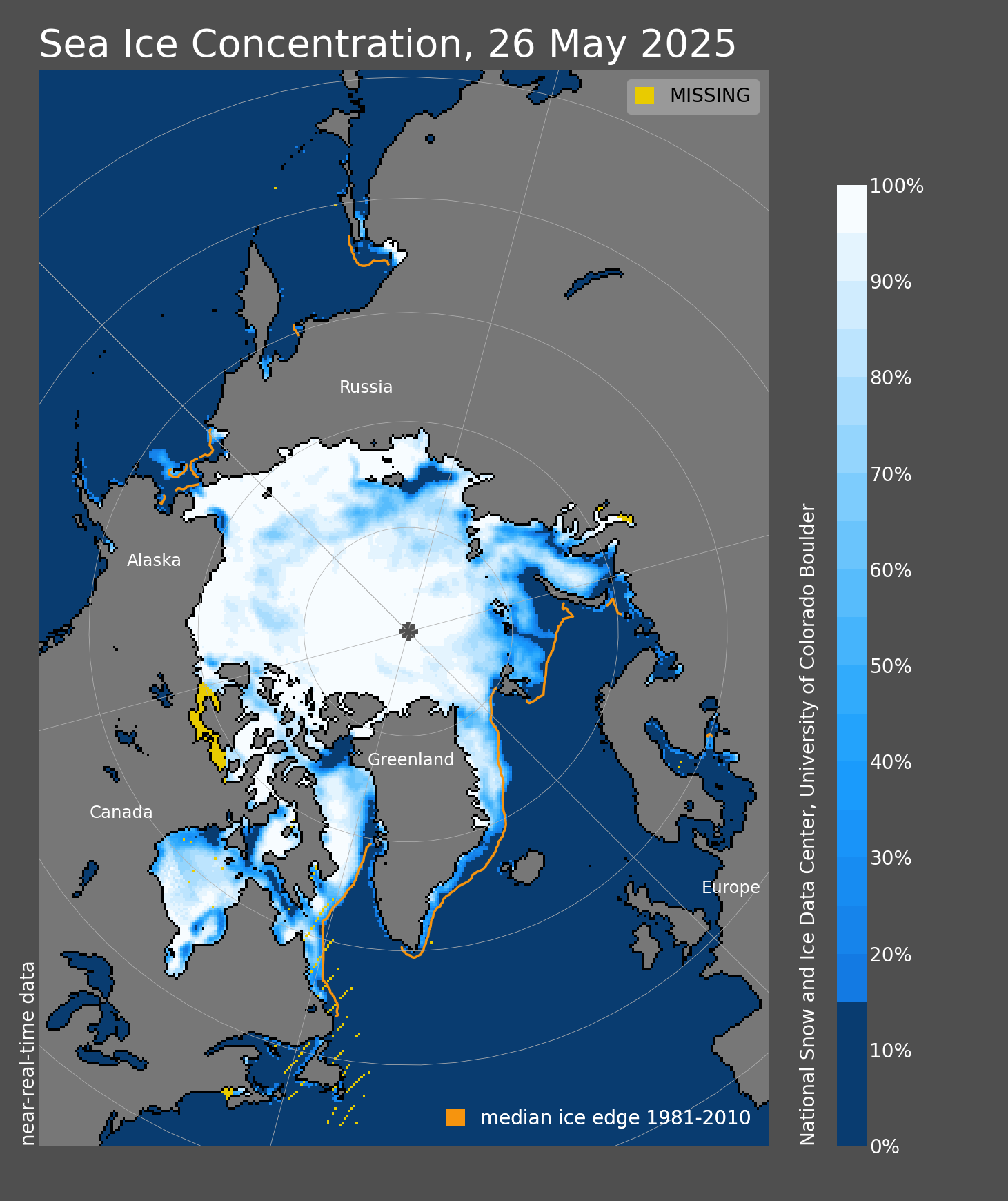ScienceRocks
Democrat all the way!
- Banned
- #1
Yes, watching the sea ice! hahaha
moyhu: Latest Ice and Temperature data
Jax has us in 3rd behind 2007 and 2012.

IJIS:
5,397,050 km2(August 12, 2017)and 3rd lowest measured for the date.
Down 139k over the two days.
2017 is now below the average minimum from the 2000s (2000 - 2009), which was 5,479,091
In 11th place at present with 34 days approx left
The weather pattern is very much like 2013 which was very cold! So we're kicking ass for such a cold weather pattern. A 2016, 2015, 2012, 2007 like weather pattern would have beaten 2012.
NSIDC has us in second!

Charctic Interactive Sea Ice Graph | Arctic Sea Ice News and Analysis
moyhu: Latest Ice and Temperature data
Jax has us in 3rd behind 2007 and 2012.
IJIS:
5,397,050 km2(August 12, 2017)and 3rd lowest measured for the date.
Down 139k over the two days.
2017 is now below the average minimum from the 2000s (2000 - 2009), which was 5,479,091
In 11th place at present with 34 days approx left
The weather pattern is very much like 2013 which was very cold! So we're kicking ass for such a cold weather pattern. A 2016, 2015, 2012, 2007 like weather pattern would have beaten 2012.
NSIDC has us in second!
Charctic Interactive Sea Ice Graph | Arctic Sea Ice News and Analysis


